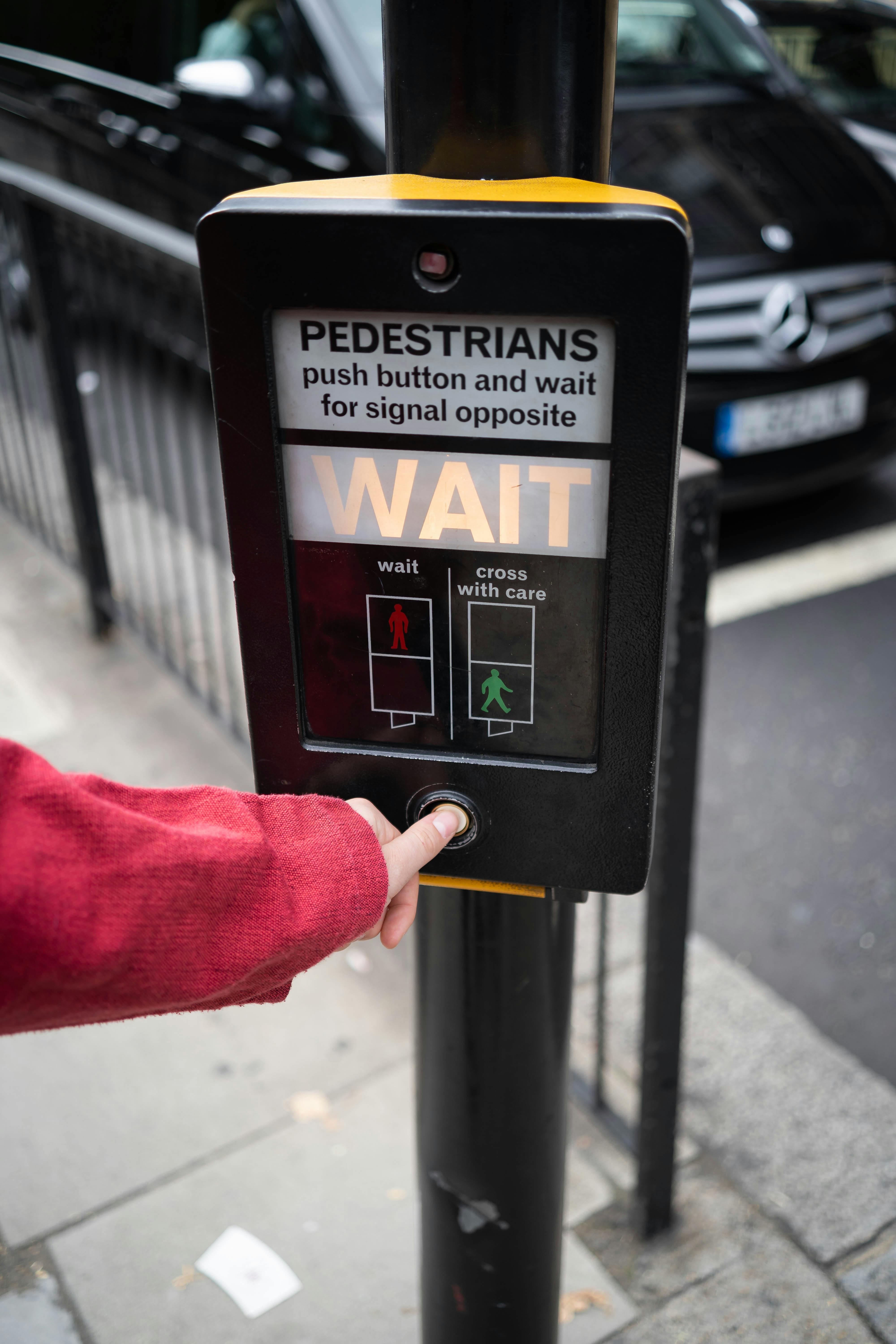BY: Evan Justice
The beginning of Daylight Savings Time (DST) has always been a very difficult transition for many Americans. Not only do you have to set your clocks ahead one hour, but you also must deal with losing an hour of sleep, as well as all the possible inconveniences of the sun coming up later in the day. According to recent studies, DST not only negatively affects your mental health, but can also increase the risk of heart attack or stroke within the first three weeks after beginning. On the other hand, the extra hour of sleep we get at the end of DST has been linked to fewer heart attacks. Studies have also shown that car accidents, workplace injuries, and depression can significantly increase due to DST.
Many states are attempting to end DST for good. However, the end of DST looks different in every state. Nine states (Alaska, Arkansas, Colorado, Idaho, Kansas, Montana, Oklahoma, Oregon, and Texas) have introduced legislation to adopt permanent Standard Time (ST), while 8 states (Iowa, Main, South Carolina, Tennessee, Utah, Vermont, Washington, and Wyoming) have introduced bills to permanently adopt DST. Seven states (Alabama, Arkansas, Florida, Nevada, Oregon, Tennessee, and Washington) have already passed legislation that would make DST permanent.
Unfortunately, making DST permanent would require approval from Congress. As such, many of attempts to end DST have been put on hold. However, some states have taken great steps towards ending DST for good. As of 1968, both Hawaii and Arizona no longer observe DST. The states of Oregon and Washington have passed legislation to have DST be year-round, and the Governor of Utah recently signed a bill to end DST.
Despite all the progress that has been made, many state and government officials are hesitant to end DST. Despite the many negative effects DST has on people, the tradition that is ingrained in Daylight Savings Time seems hard to let go of.




